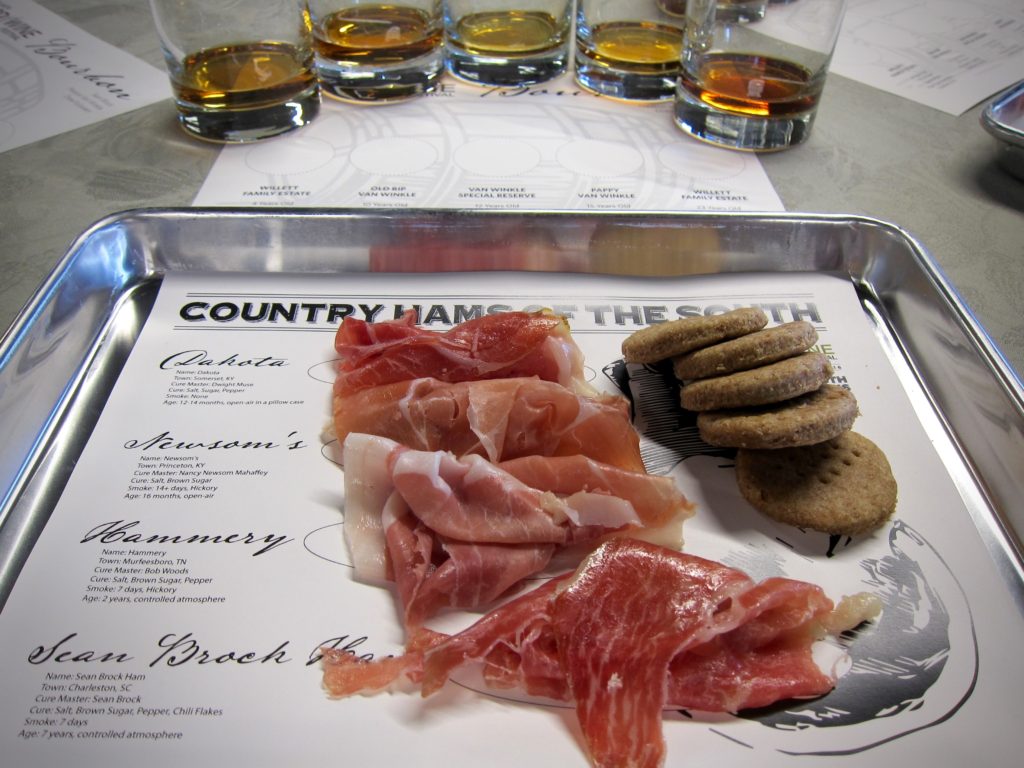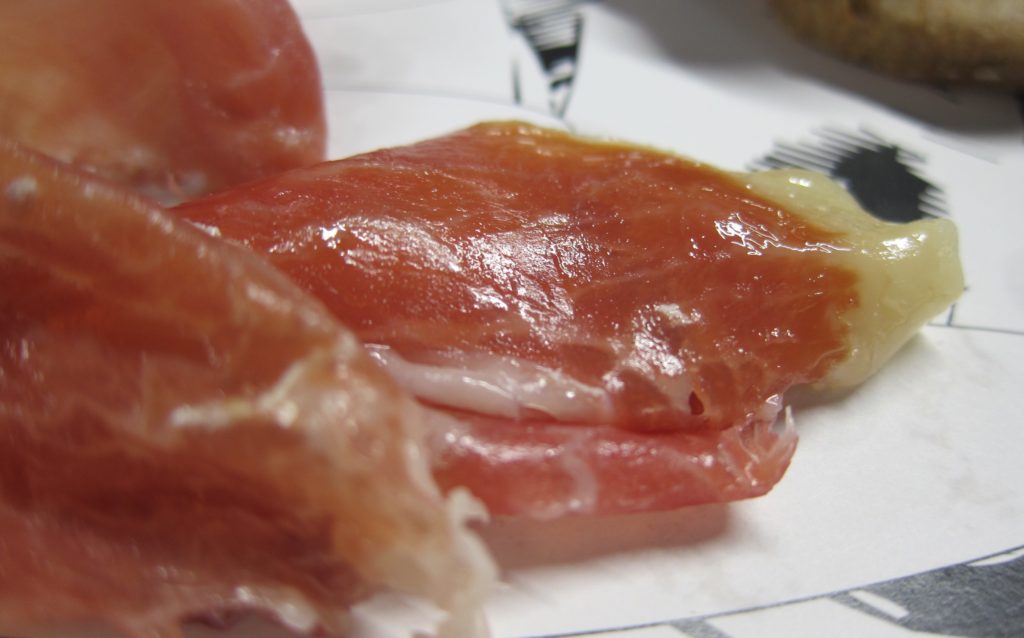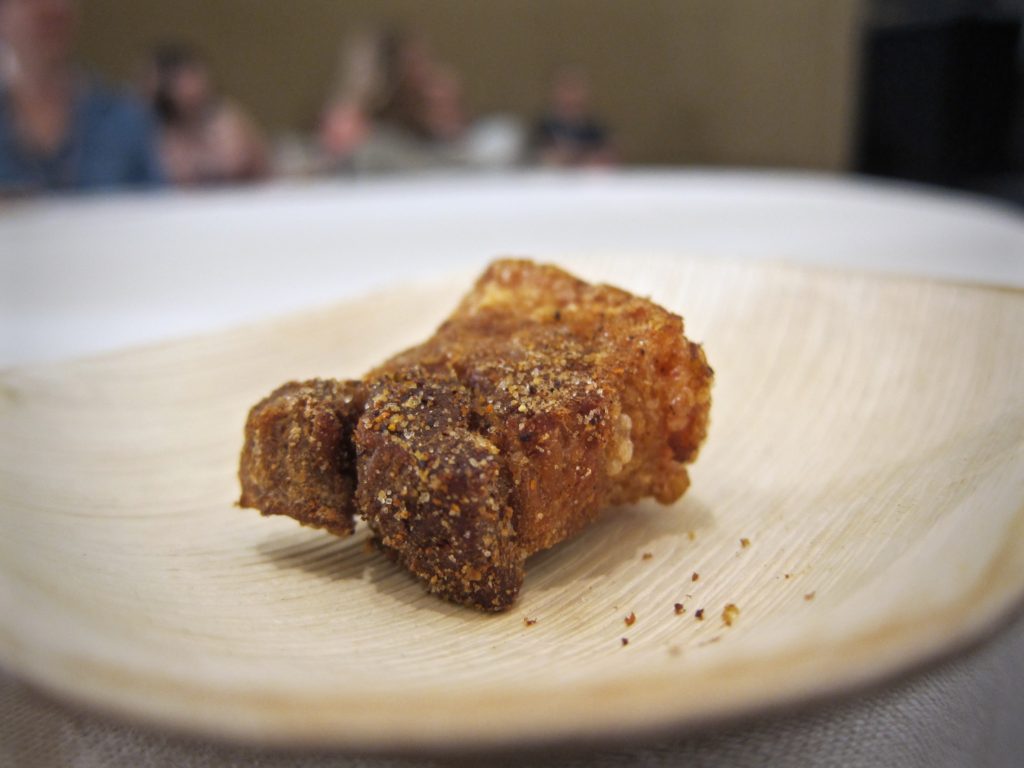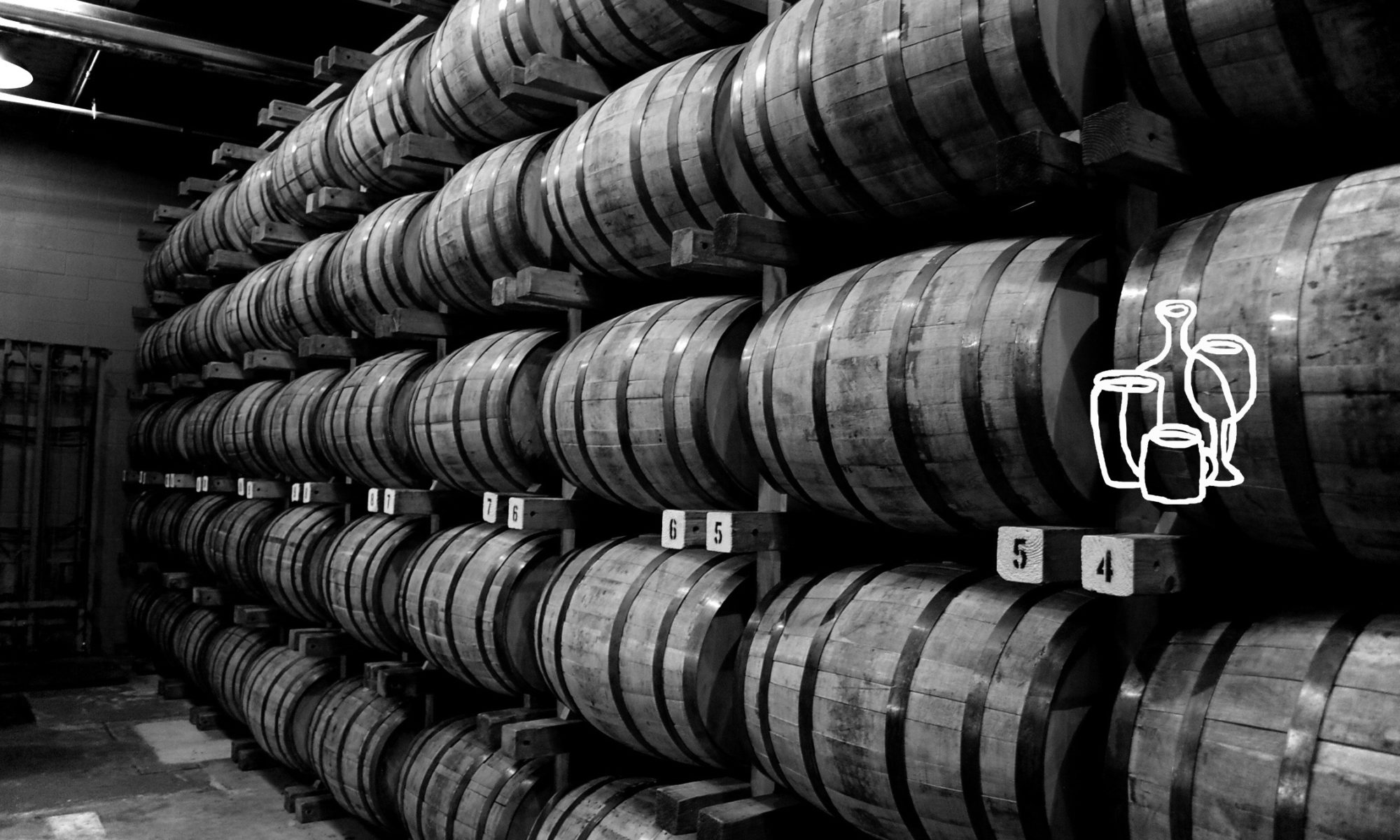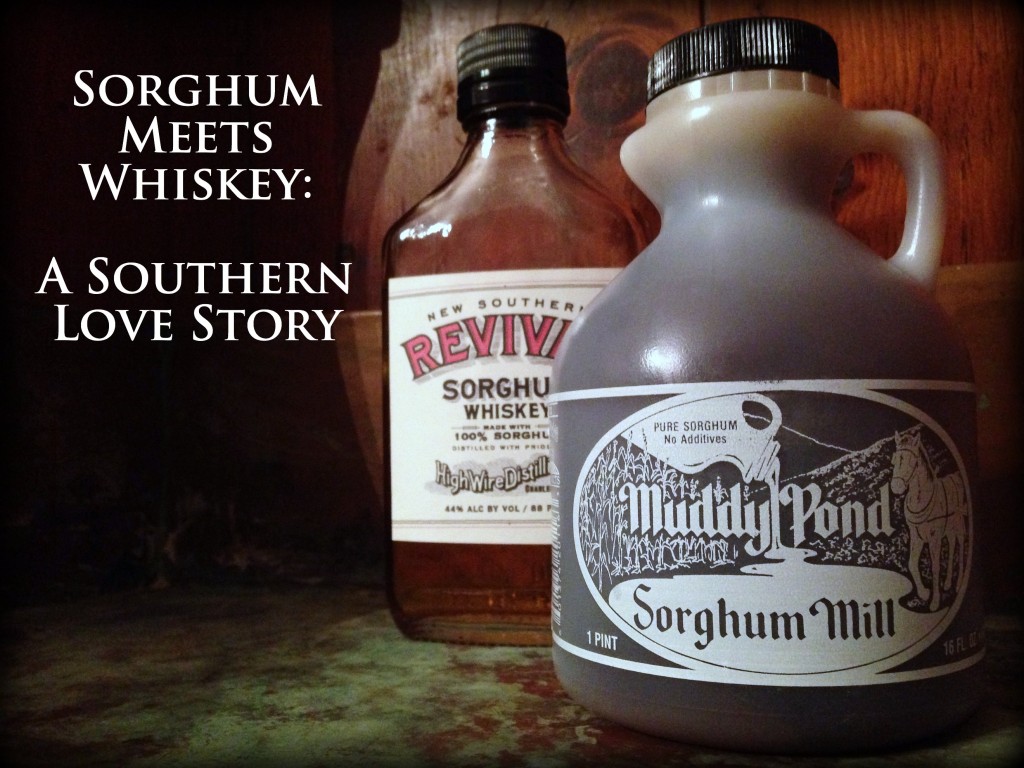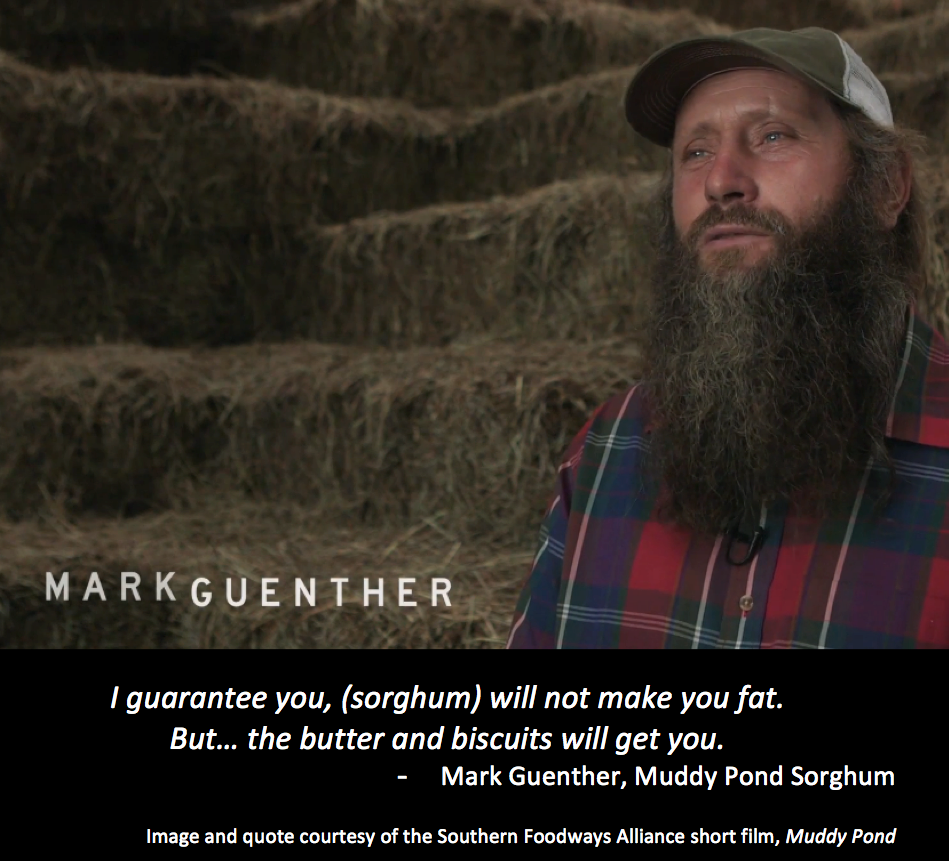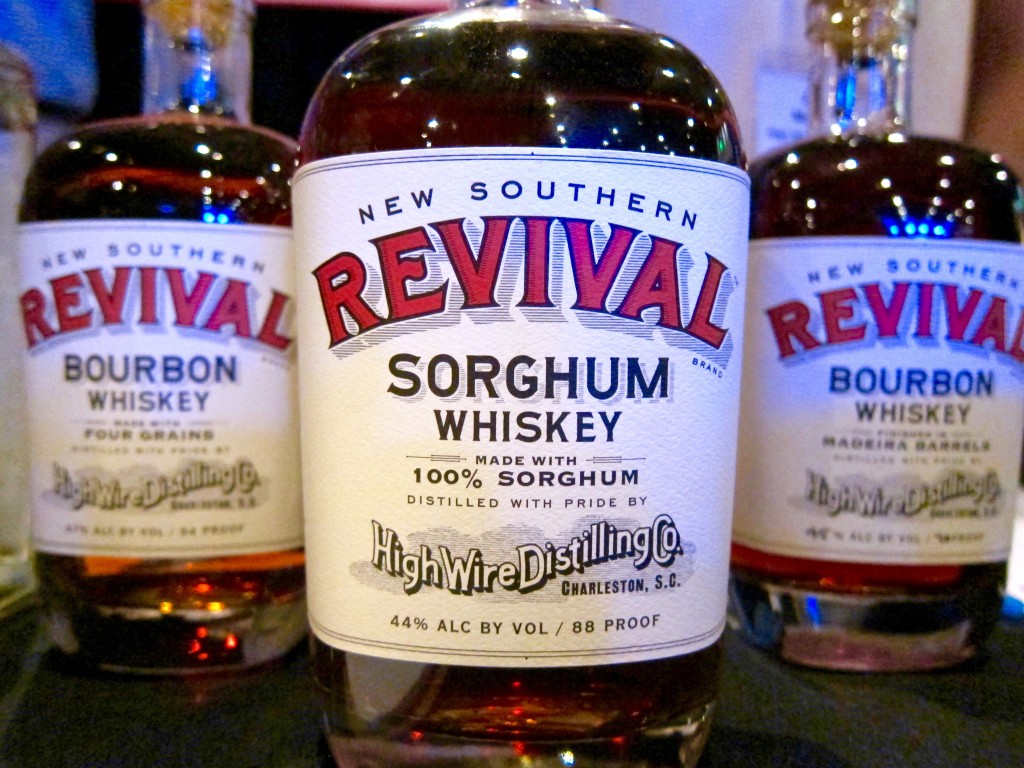FOMO-OSAD was in full effect this past weekend at the AFWF. That would be “fear of missing out -on some amazing drinks” at the “Atlanta Food and Wine Festival.” For those not familiar with the event, the highlights usually come in the numerous learning seminars on Friday and Saturday, where industry savants share wisdom on all manner of topics related to food and drink. The cool thing is, they don’t limit the topics purely to the American South – so things like sotol and raicilla and West Indies rhum agricole easily find their way in to the sessions.
I did my best to hop around in order to squeeze in as much goodness as possible, but I also know I missed quite a bit. That said, here are the 10 most excellent spirits I tasted during the event – spanning Mexico, Kentucky, and South Carolina, with a touch of Alabama thrown in for good measure:
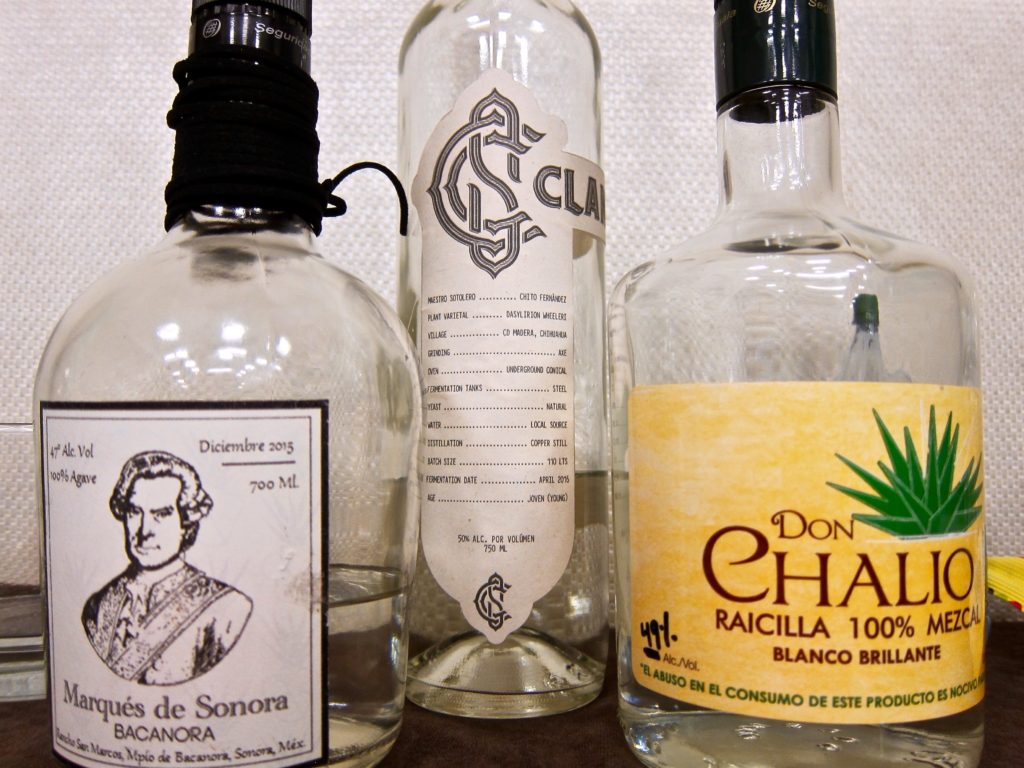
I first met Clayton Szczech (that’s Spanish for “educated gringo,” I think) of Experience Tequila during judging for the IWSC Spirits of the Americas competition. To say he knows his stuff is putting it very mildly, and I’m always eager to see what rarities he might have in his bag. This time, it was a trio of artisanal spirits from Mexico – a bacanora, a sotol, and a raicilla, all of which are variations on mezcal, and all of which will play havoc with your spellcheck. Sotol Clande, Marques de Sonora Bacanora, and Don Chalio Raicilla are not likely to be found in the states at all, but they are a good reminder that exploring lesser known Mexican agave spirits is a worthy endeavor. Clayton was nice enough to provide details on each on his tasting mats (below), and I just love all the detail on the Sotol Clande bottle seen above (Grinding………. Axe; Oven………Underground Conical). Without fail, these were nuanced, far-too-drinkable spirits – the Clande sotol being earthy and green, reminiscent of desert brush; the bacanora being incredibly complex, with hints of caramel and white pepper; the raicilla full of intricate spice notes. Love it.
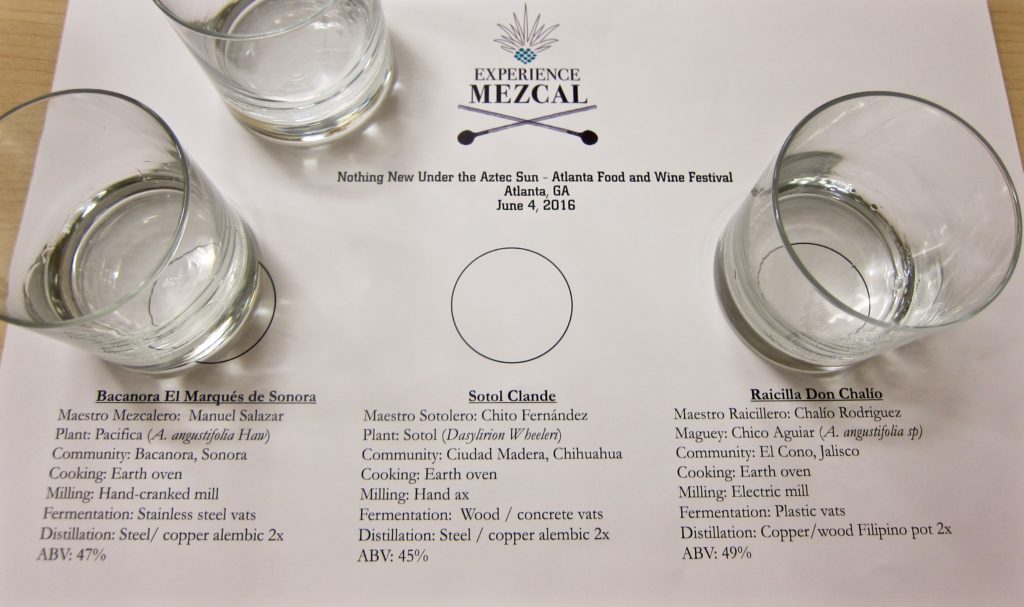
The awesome folks at High Wire Distilling hosted a party in conjunction with BevCon Charleston, at which Atlanta bartender extraordinaire Jerry Slater was pouring a drink including High Wire’s wonderful Southern Amaro. The cocktail was great (of course), but I must admit to enjoying sipping the amaro all by itself even more. Made with regional ingredients like Charleston black tea, foraged yaupon holly, Dancy tangerine, and mint, this amaro is spicy and deep, yet still bright.
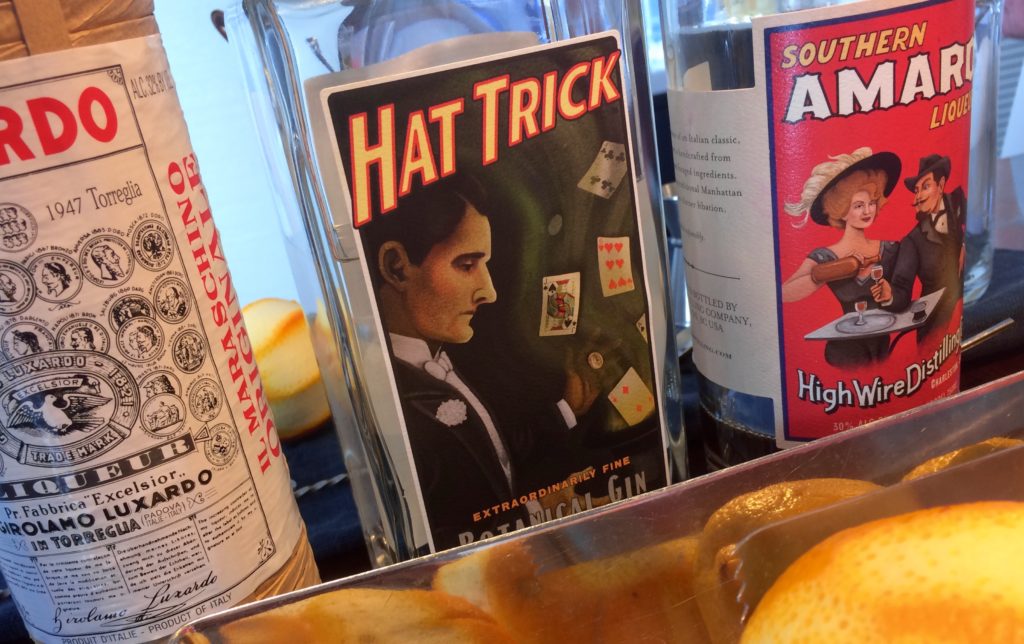
I ponied up $100 to attend the “master class” led by chef Sean Brock and featuring Drew Kulsveen of Willett Whiskey fame and Preston Van Winkle of, well, Van Winkle fame. The topic was rare bourbon and rare country ham, so you know it was going to be good – and the $100 entry fee ended up being a bargain. The bourbon lineup included Willett’s new four year old bourbon – bottle 223 of 235 bottles from 4 year old Willett Family Estate Barrel 651, 111 proof – and one of the rare 23 year old bourbons they’ve been safeguarding for the past eight years. This was bottle 80 of a mere 81 bottles filled from Willett Family Estate “Barrel B60” – that means this 23 year old bourbon had yielded about 70% of its nectar to the angels over the years, since a new bourbon barrel holds about 266 bottles worth. Yes, it was heavenly stuff, especially at the 132 proof barrel strength. And Willett seekers beware, Drew said there are only TEN barrels left of this ultra-aged stock they purchased eight years ago. As for the four year old, this is Willett-distilled, and our bottle came from just the eighth barrel released thus far (all only sold at Willett’s gift shop in Kentucky). It’s impressive for a younger spirit, with a cherry cola profile and a cinnamon-amaro finish.
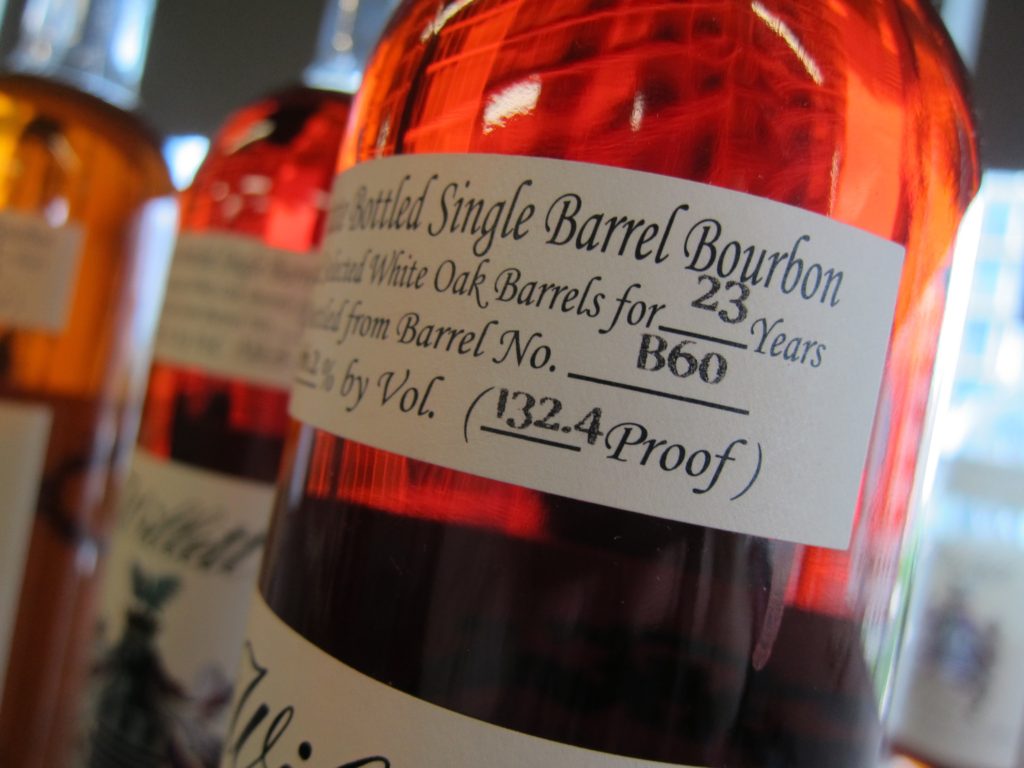
If you know anything about Sean Brock, you know he loves Pappy Van Winkle and the Stitzel-Weller lineage. Preston Van Winkle poured us the 10 year old Old Rip Van Winkle, the 12 year old Van Winkle Special Reserve Lot B, and the 15 year old Pappy Van Winkle Family Reserve. These are all wonderful bourbons, and having them all side by side was a good reminder that the seldom seen Lot B remains a knockout bourbon that doesn’t command quite the same stratospheric fanaticism of its older brethren. It’s exactly what a bourbon should be, without the fireworks of its older brothers. The 15 year old? Still one of my favorite bourbons of all time.
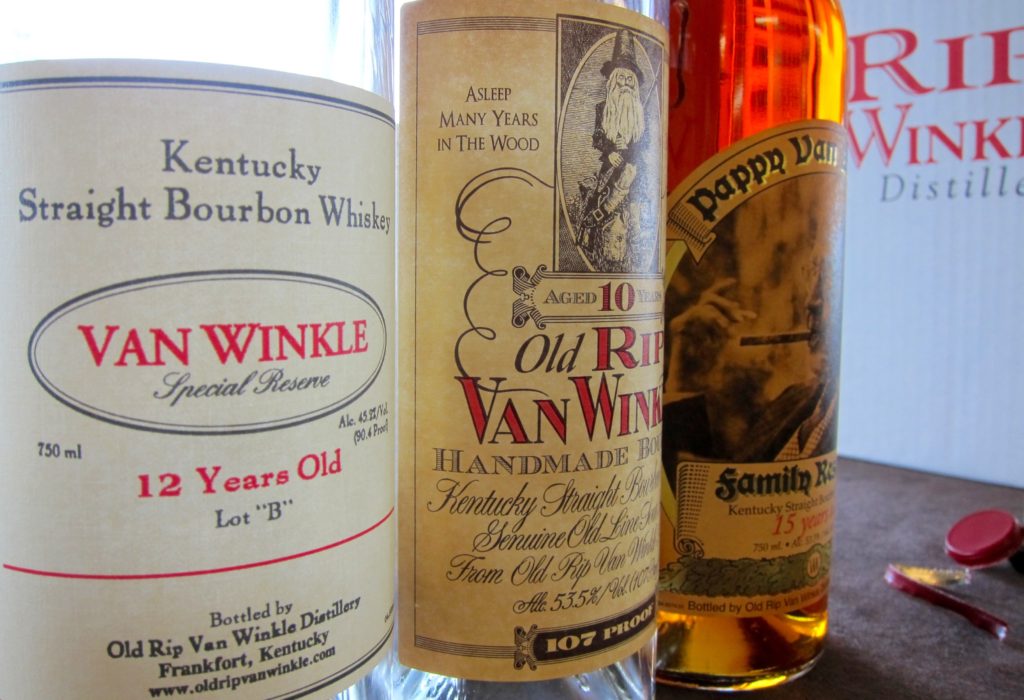
Number 10 on my list? Another one you’re not going to find in a store – which is really the great thing about a festival like the Atlanta Food and Wine Festival. This was a “Ham Fat Whisky” from chef David Bancroft of restaurant Acre in Auburn, Alabama. I’m pretty sure it was plain old Maker’s Mark with some 2 year old ham fat thrown in, from that 2 year old Alabama prosciutto in the background, but really it was the combination of 2 year old ham, ham fat whisky, and the remarkable Poirier’s pure cane syrup that proved to be one of the best bites/sips of the festival. Awesome stuff – sweet, salty, fatty, powerful stuff.
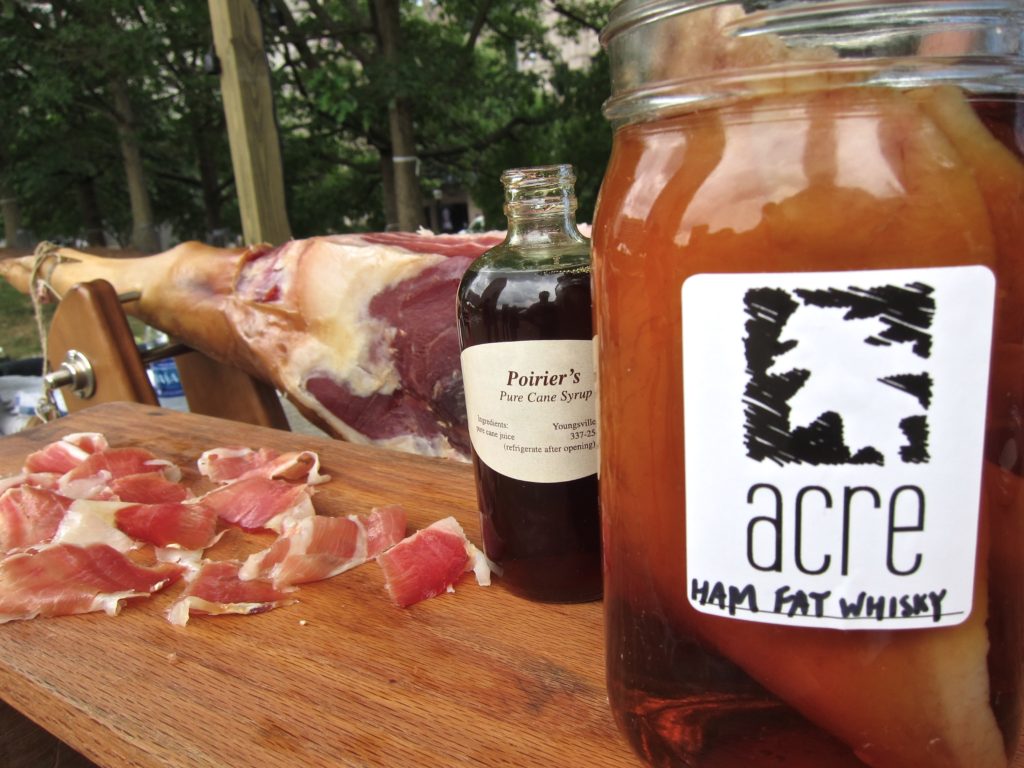
There was plenty more – especially all the wonderful cocktails from Nick Detrich of Cane & Table, Paul Calvert of Ticonderoga Club, Todd Thrasher of Restaurant Eve, Kellie Thorn of Empire State South, Miles Macquarrie of Kimball House, and the gentlemen from Cure in New Orleans. Plus too much to even remember in the festival’s tasting tents. And I just know that I missed out on just as much amazing stuff – like David Wondrich making Chatham Artillery Punch. Dang. Anyway, in case you’re hungry, here are two more of my favorite pork porn photos from Sean Brock’s session, with a lagniappe of pork cracklin from New Orleans chef Isaac Toups thrown in for good measure:
